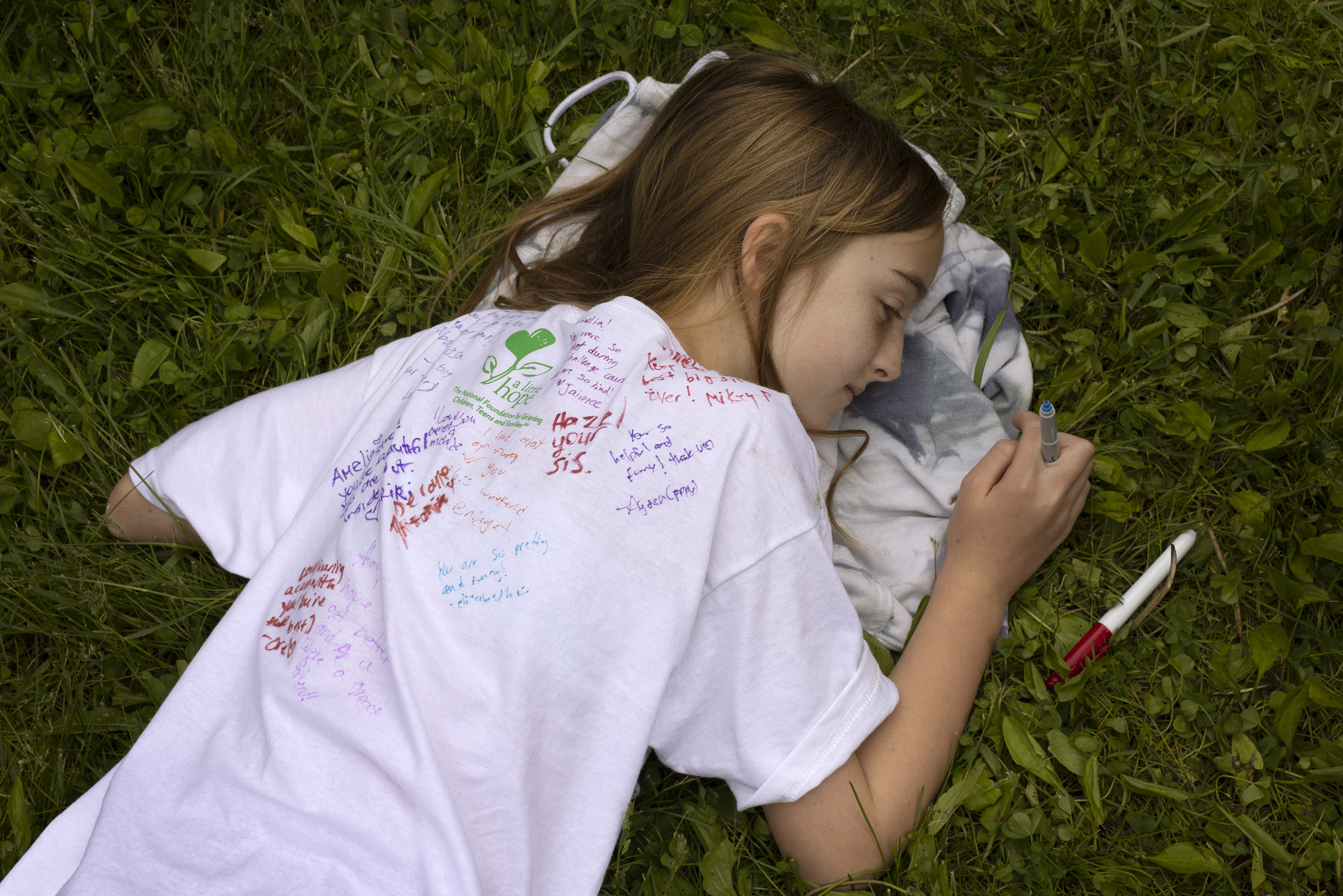One by one, children toss notecards into the flames, each one bearing the name of a loved one lost to suicide: fathers, mothers, brothers, sisters. Each card makes the fire burn a little brighter, a burst of light and memory as the paper singes and crumples. When each child has had their turn, they embrace in a group hug—some crying, some smiling, together in both grief and healing.
Tomorrow, the 72 children, teens, and young adults attending Comfort Zone Camp’s three-day suicide-bereavement camp in rural New Jersey, as well as the parents who accompanied them and the “big buddies” with whom the kids are paired, will pack up and return home. The hope is they’ll leave feeling emotionally lighter than when they arrived, says Lynne Hughes, who founded Comfort Zone Camp more than 20 years ago to give grieving children a place to open up and heal from their losses.
“If you never tell your story, grief doesn’t go anywhere; it just hangs out on your shoulder with you,” Hughes says. “If you tell your story, it de-powers it. You’re going toward it. Mourning is the intentional act of going toward the grief.”

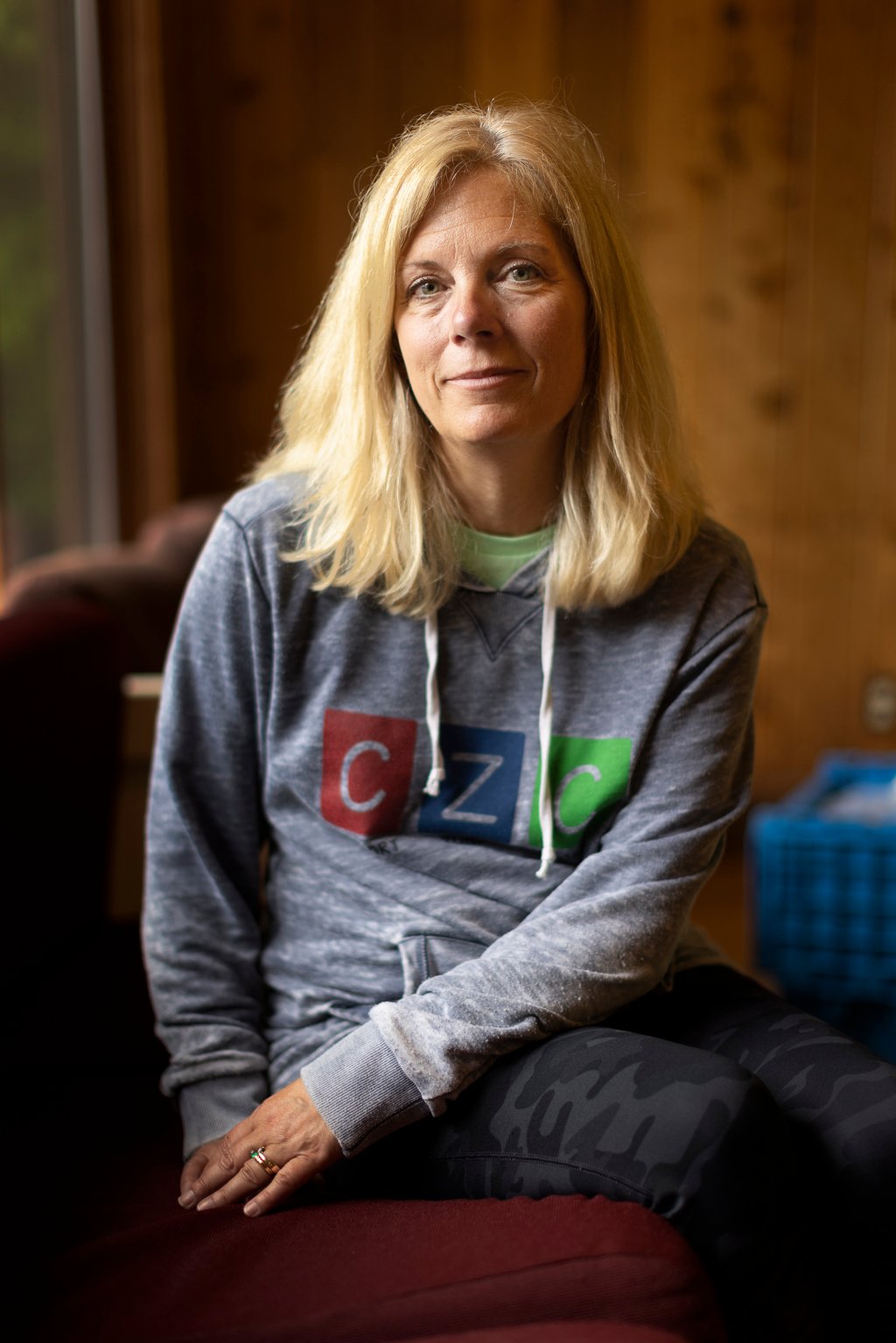
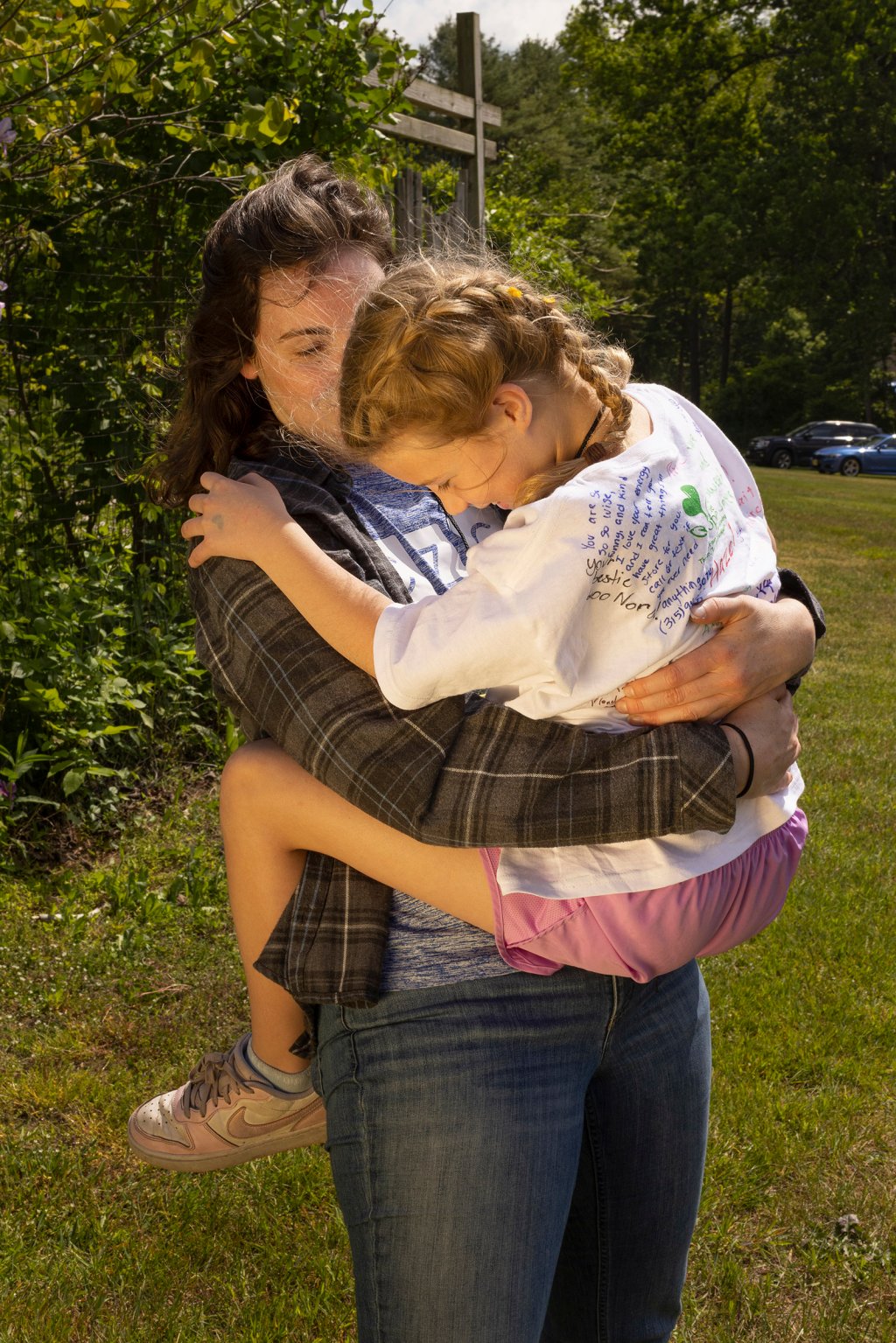
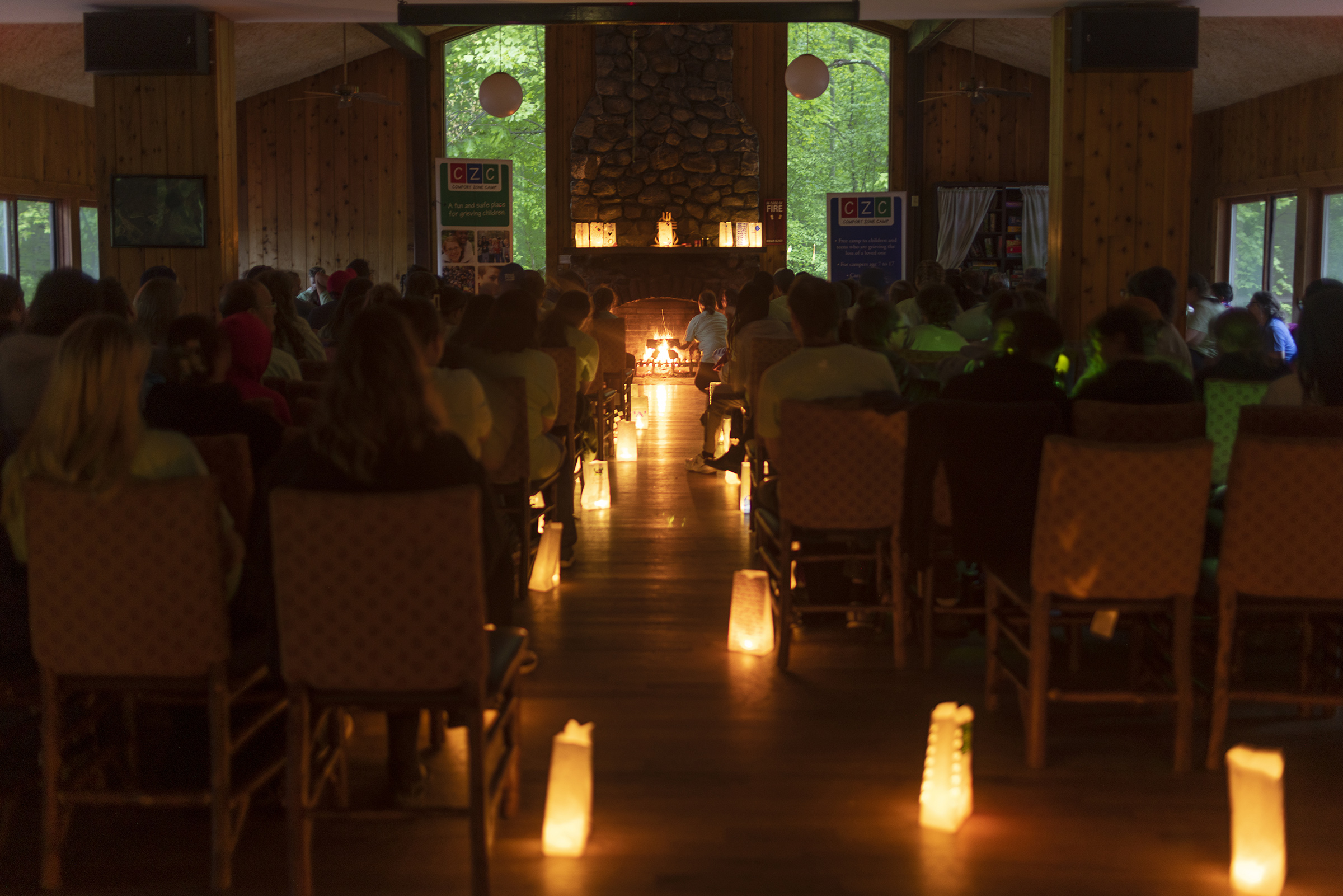
Hughes didn’t start her organization specifically to help people dealing with suicide loss; it also offers free bereavement camps for kids who have lost loved ones to any cause. But the need for suicide-specific support has grown at both Comfort Zone Camp and in the wider network of U.S. bereavement camps in recent years. Attendance at Comfort Zone Camp’s suicide-bereavement camp rose by about 50% from 2022 to 2023.
More from TIME
That growing demand coincides with rising U.S. suicide rates, which increased by about 37% from 2000 to 2021. Almost 50,000 people in the U.S. died by suicide in 2021, leaving behind a devastating multiple of grieving loved ones—many of them children. The bereavement-support organization Judi’s House estimates that more than 450,000 U.S. children will lose a parent to suicide by the time they turn 18.
Short sleepaway camps have emerged as a unique way to support children and families grieving these losses. Out in the woods, campers can tell their stories, bond with people who understand their pain, and feel like kids again through activities like boating, crafts, archery, and roasting marshmallows.
“You make lifelong friendships at camp because you meet somebody that doesn’t exactly know what you’re going through, but they’ve been through it in a different way,” says Tess Wenger, 15, who started attending Comfort Zone Camp after her then-11-year-old sister died by suicide. “You feel as though you can talk to somebody about it and you won’t feel judged like in the ‘normal,’ outside world.”
!["Nobody feels comfortable [talking] about suicide and loss and then how messy it is grieving it," says Tess Wenger.](https://api.time.com/wp-content/uploads/2023/07/suicide-bereavement-camps-tess-wenger.jpg?quality=85&w=1024)
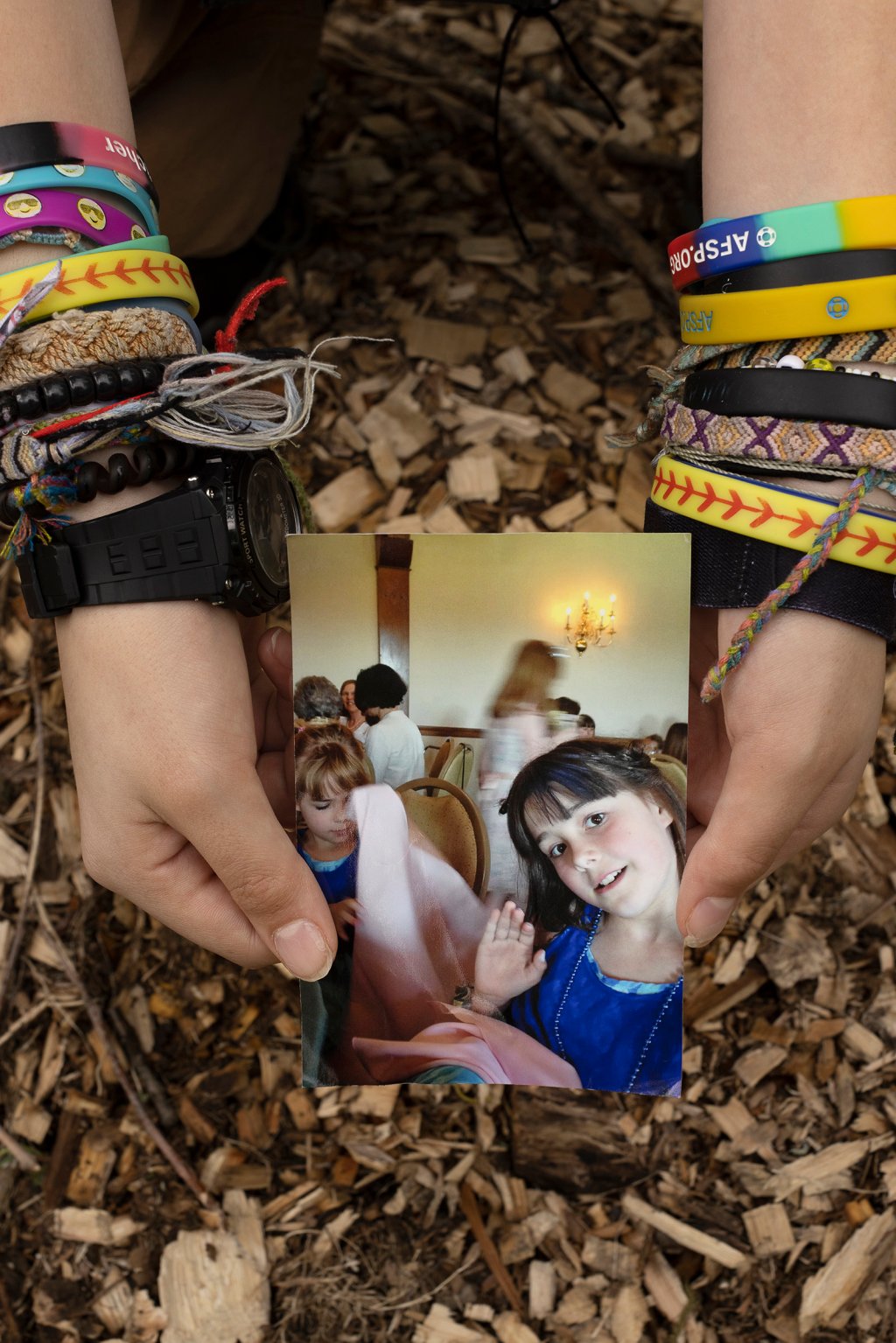
Some people who balk at traditional talk therapy find it easier to open up during activities like nature walks, yoga classes, and bonfires—particularly with the knowledge that they’re around people who intimately understand what they’re going through, says Kaitlin Daeges, volunteer executive director at the Livin Foundation, which established a suicide-bereavement camp in Minnesota in 2019. Bereavement camps, which tend to be free, may also be more accessible than traditional mental-health care.
Bridie Croucher struggled to find a therapist with immediate availability for her 10-year-old son, Oscar, after he started asking questions about his father’s death by suicide, which happened when the boy was two-and-a-half. Facing a six-month-long waitlist for care, she enrolled him in Comfort Zone’s suicide-loss camp “to help bridge that gap,” and says she’s since noticed a huge difference in his ability to process and cope with his feelings.
Sydney, Morgan, and Isaiah Mosher know first-hand how important it is to offer kids a place to heal when they need one. Their father died by suicide when they were teenagers. The family barely talked about their loss, Sydney says, which only prolonged the pain—so as adults, she and her siblings decided to open Camp Kita, a free suicide-bereavement camp in Maine.
Camp Kita hosted five campers in its first season 10 years ago; this year, it had to cap enrollment at 75 and limit the waitlist. Demand is so high that the founders are raising money to construct permanent campgrounds. They hope to offer year-round programming, including multiple camp sessions; retreats for groups at increased risk of suicide, such as veteran families and LGBTQ+ youth; mental-health trainings; nature-therapy programs; and more.
Daeges, whose father died by suicide when she was 12, says rising demand for these services underscores their dual purposes: to serve families who are already part of the “unfortunate club” of suicide bereavement, and to prevent others from joining it. “Camp is both reactive and preventive at the same time,” Daeges says. “We’re trying to support these families and the people left behind…so they don’t get to the same place.”
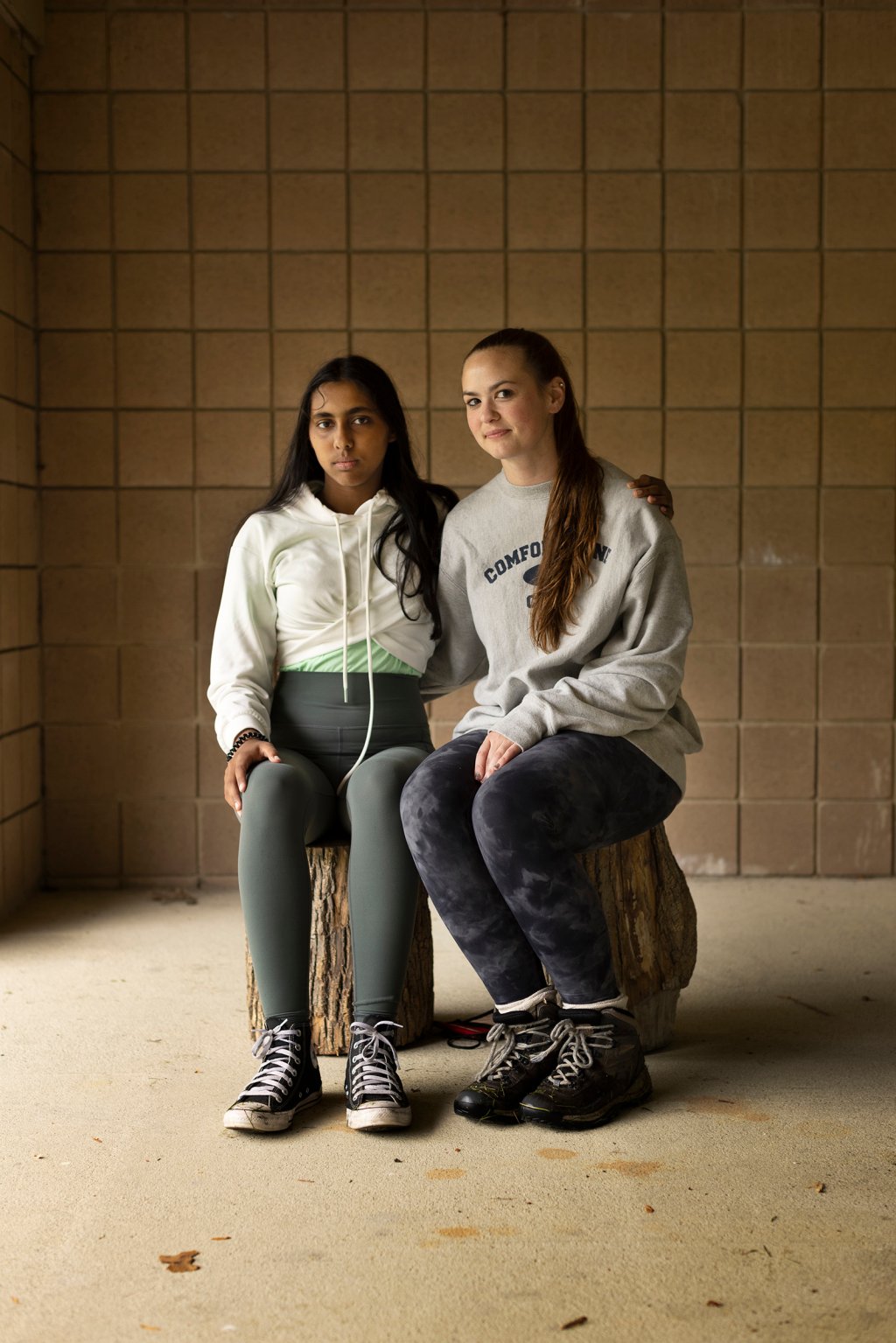
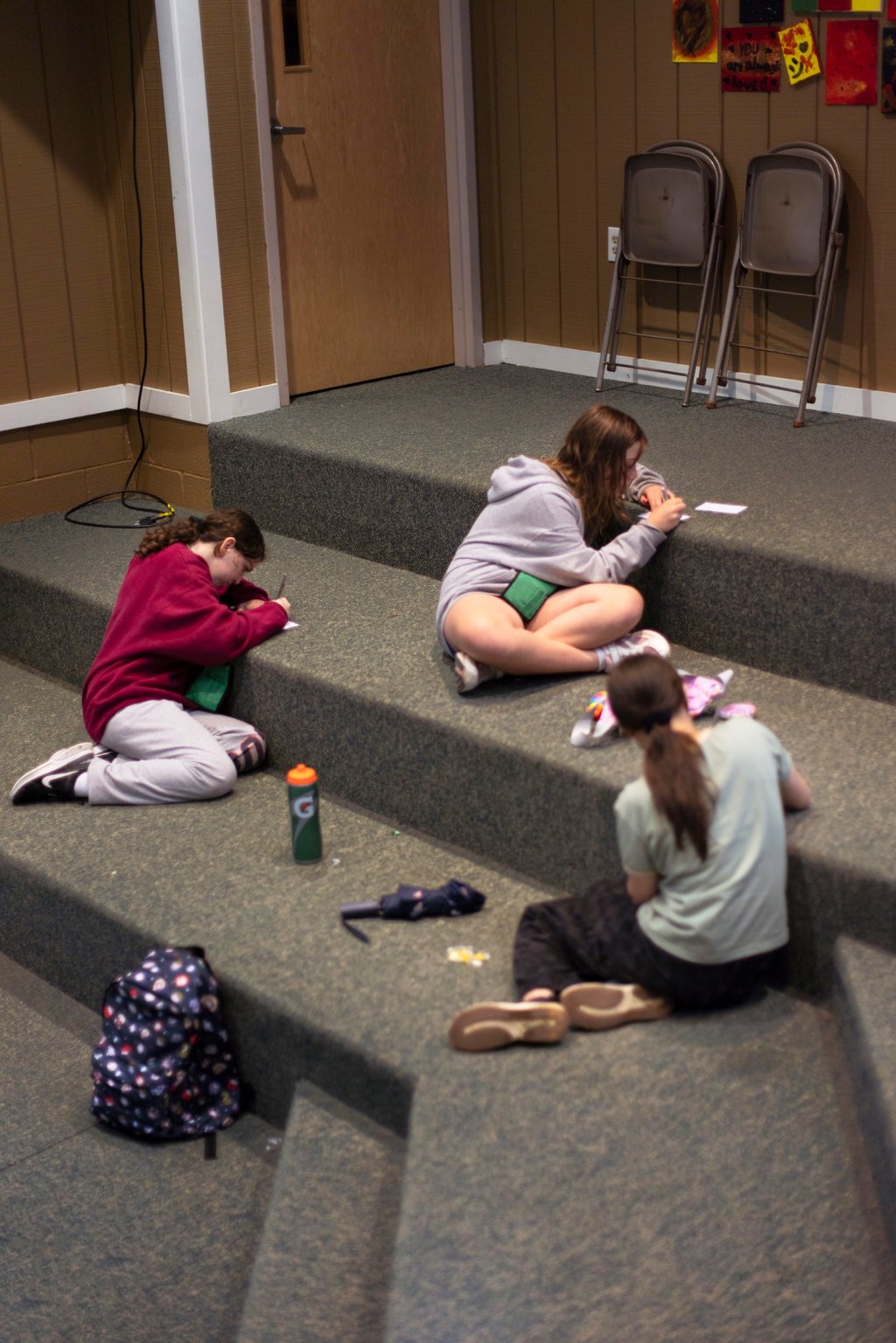
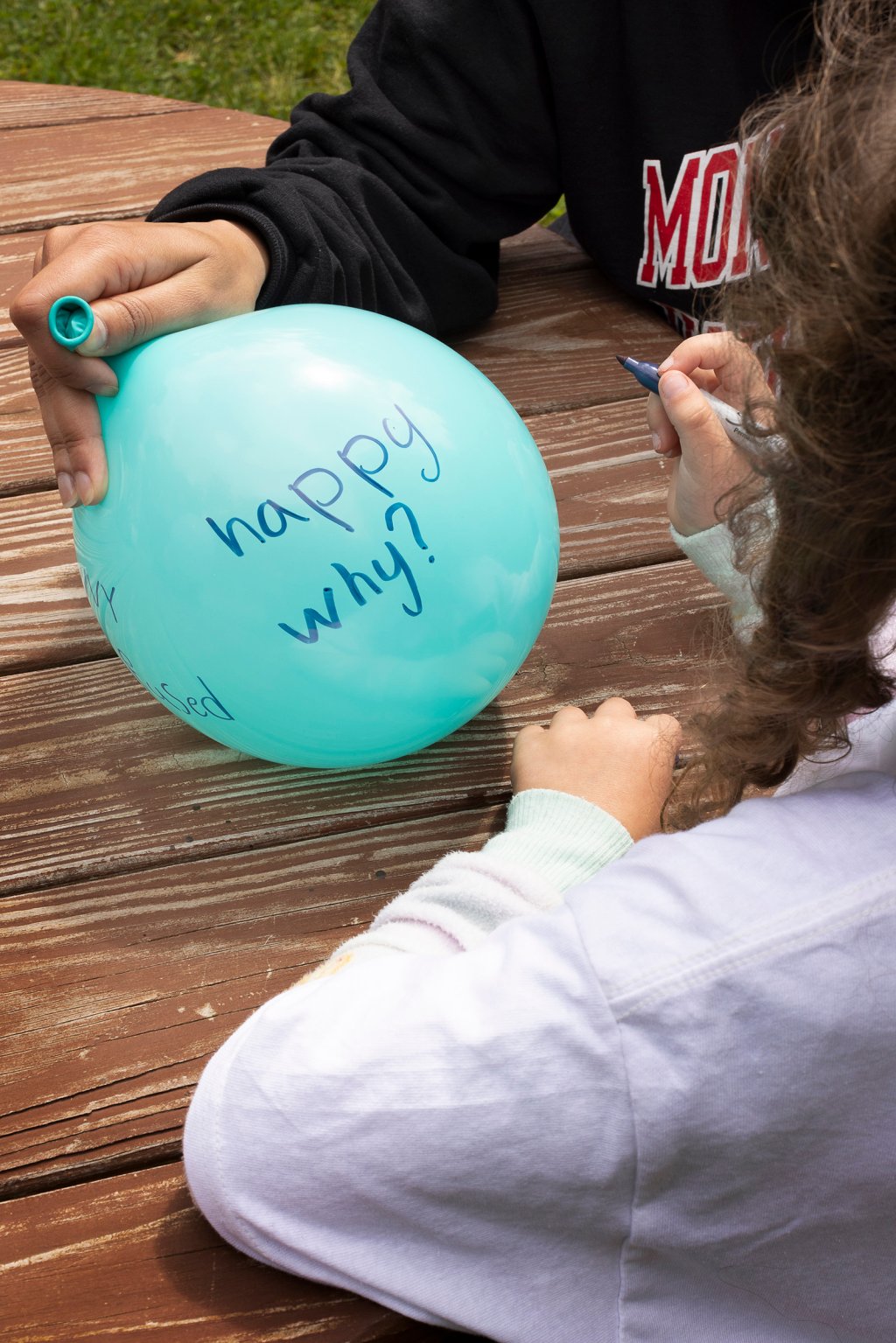

Camps can also help address the “unique nuances” of suicide grief, Hughes says. Loved ones often blame themselves, feeling as though they could have intervened if they’d picked up on certain clues or been in the right place at the right time. They may also have experienced specific traumas, like finding their loved one’s body or reading a suicide note they left behind. Many people who die by suicide have also previously dealt with substance use and mental-health disorders, which can impact the memories their loved ones carry.
Research shows that people are at greater risk of suicidal behavior after someone they know dies by suicide. Children who lose a parent to suicide are also susceptible to developing suicidal behavior and psychiatric disorders, research suggests.
Although far more adults than children die by suicide, rates of mental distress and suicidal thinking are on the rise among young people. As of 2021, more than 40% of high school students said they felt sad or hopeless; 30% of teen girls and 14% of teen boys had seriously considered suicide; and 13% of teen girls and 7% of teen boys had attempted suicide, federal data show. Given those alarming statistics, it’s particularly important to support young people who may be at increased risk of self-harm or suicide, such as those who have experienced the death of a parent, sibling, or friend.

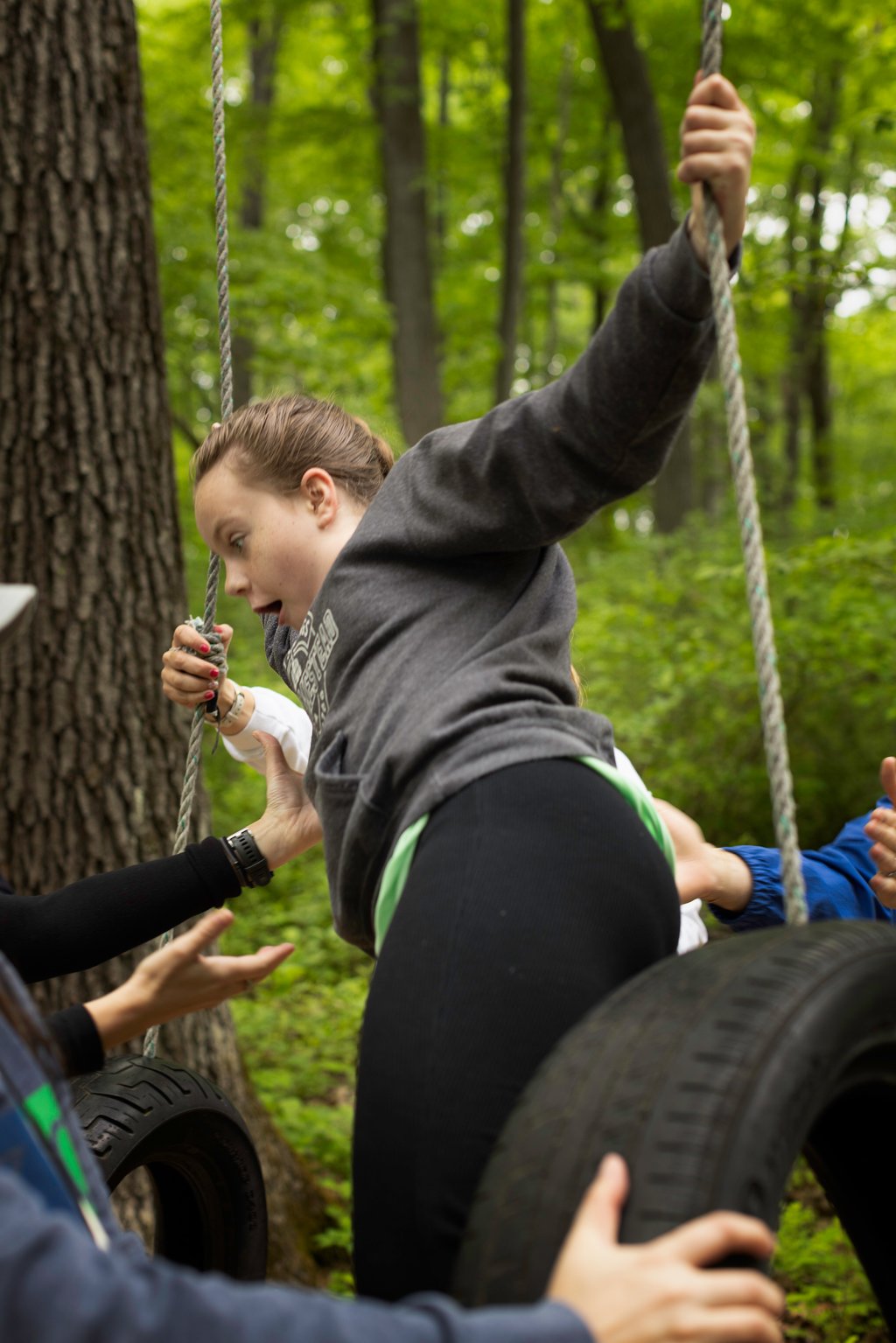

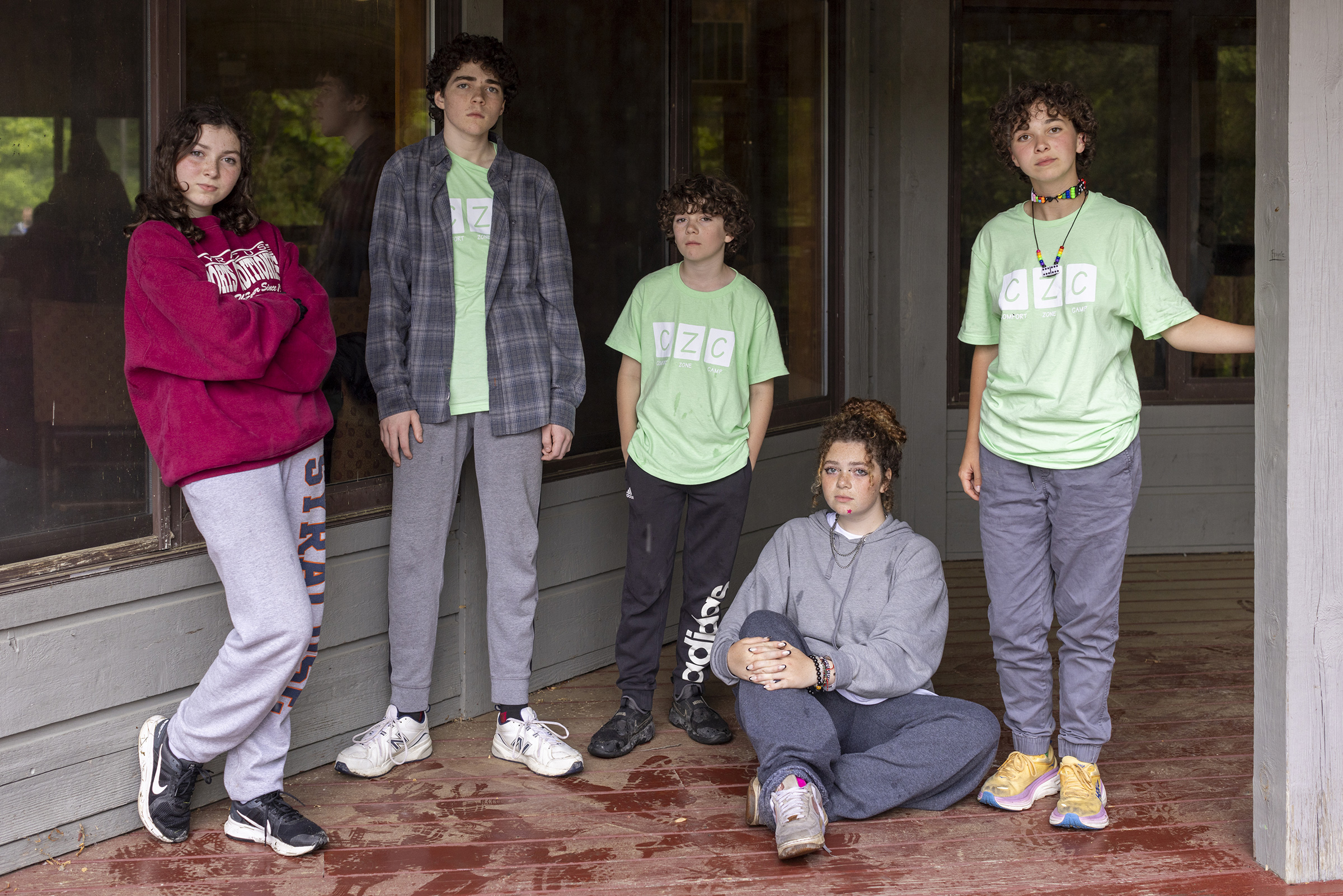
Suicide bereavement isn’t like other types of grief. It’s a form of “disenfranchised grief,” or grief that, due to social stigma, “is not fully embraced and welcomed by society,” says Sarah Behm, who works with the Eluna Network, a nonprofit that supports grieving children and families and runs Camp Erin, a nationwide network of bereavement camps. This stigma can make it difficult for people to openly grieve those they lost, often causing them to draw inward instead. Bereavement camps create safe spaces where people can freely discuss their losses without judgment, Behm says.
That power is on full display at Comfort Zone Camp, where campers share their stories in age-group-specific “healing circles” to counter the hushed tones with which people usually talk about suicide, Hughes says. To start the circle, campers exchange pins to recognize what they appreciate and respect about one another. Then, campers volunteer to tell their stories.
!["[I learned] it's okay to like him and hate him at the same time. I didn't know that before," says Oscar Mercogliano.](https://api.time.com/wp-content/uploads/2023/07/suicide-bereavement-camps-camper-dining-hall.jpg?quality=85&w=1024)
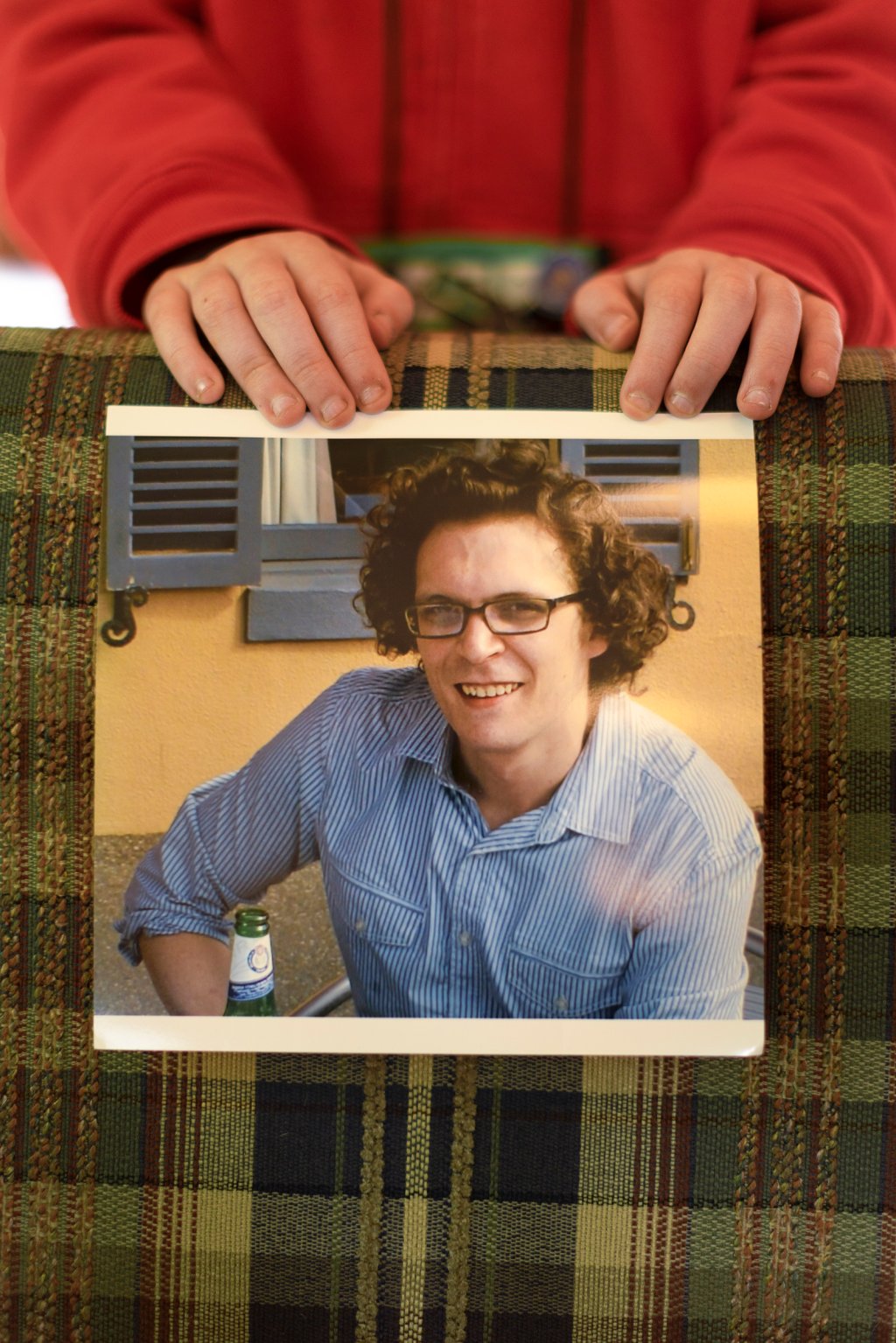
Passing around a stress ball to mark whose turn it is to share, some campers speak eloquently—it’s clear they’ve told their stories before—while others stammer as they describe difficult details aloud for the first time. Their peers listen quietly, then ask questions about their grief journey and the deceased. Who were they as a person? What was their favorite color? What’s your favorite memory with them? Is there anything special you do on their death date? What brings you comfort when you’re feeling sad? The answers aren’t just healing for the speaker; sharing these lived experiences exposes everyone in the circle to new coping mechanisms.
“You can talk without any fears” in these healing circles, says 16-year-old Malachi Chassé, who attends Comfort Zone Camp to help cope with his father’s death by suicide and his baby brother’s accidental death. “You can share. Everyone’s going to understand.”
Even outside healing circles, during activities that are ostensibly just for fun, there is an undercurrent of community and healing. As campers clamber through an obstacle course, Hughes asks how the experience is like grief.
“Some sections take longer than others,” replies one camper.
“You get down,” adds another, “and get back up.”

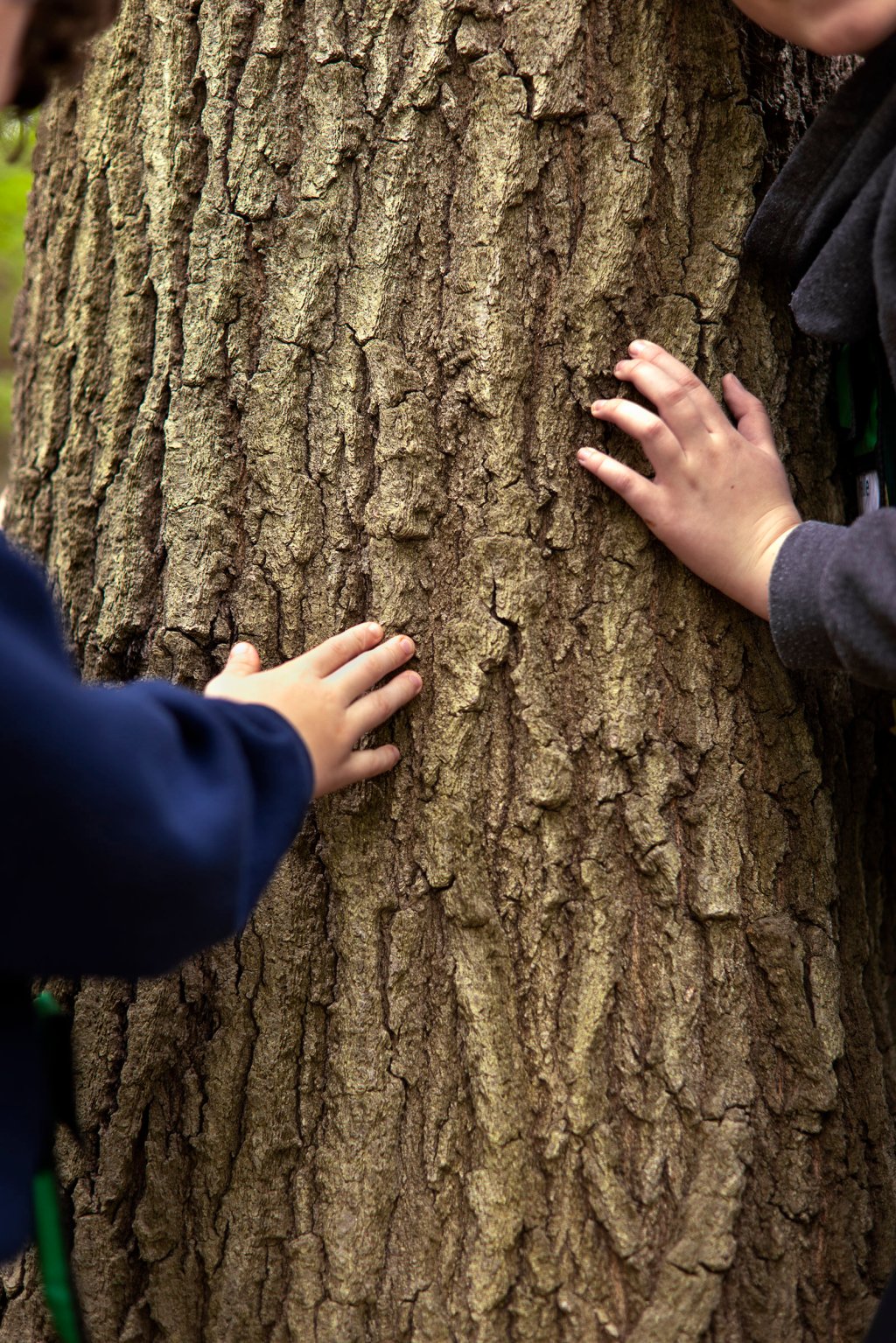
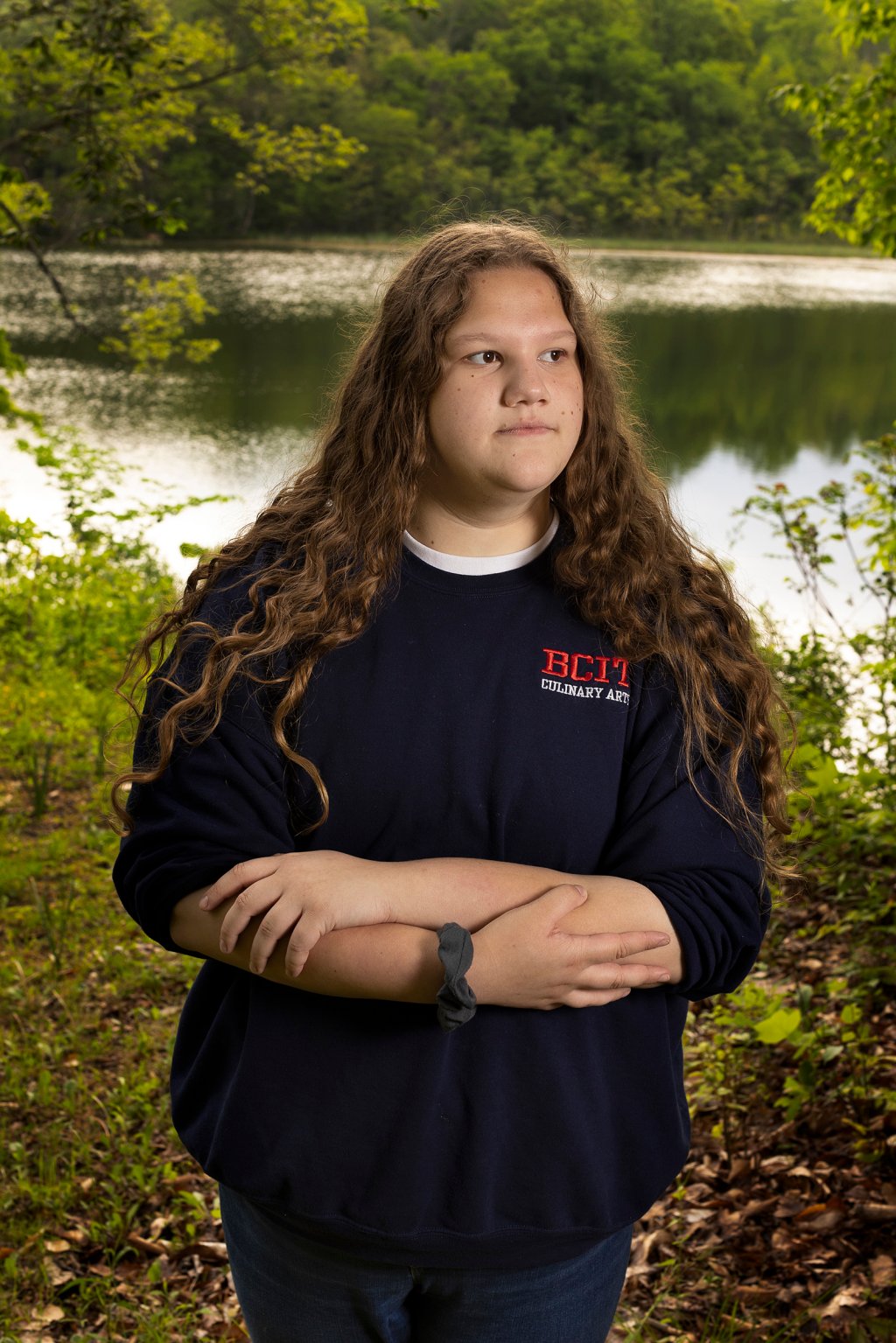
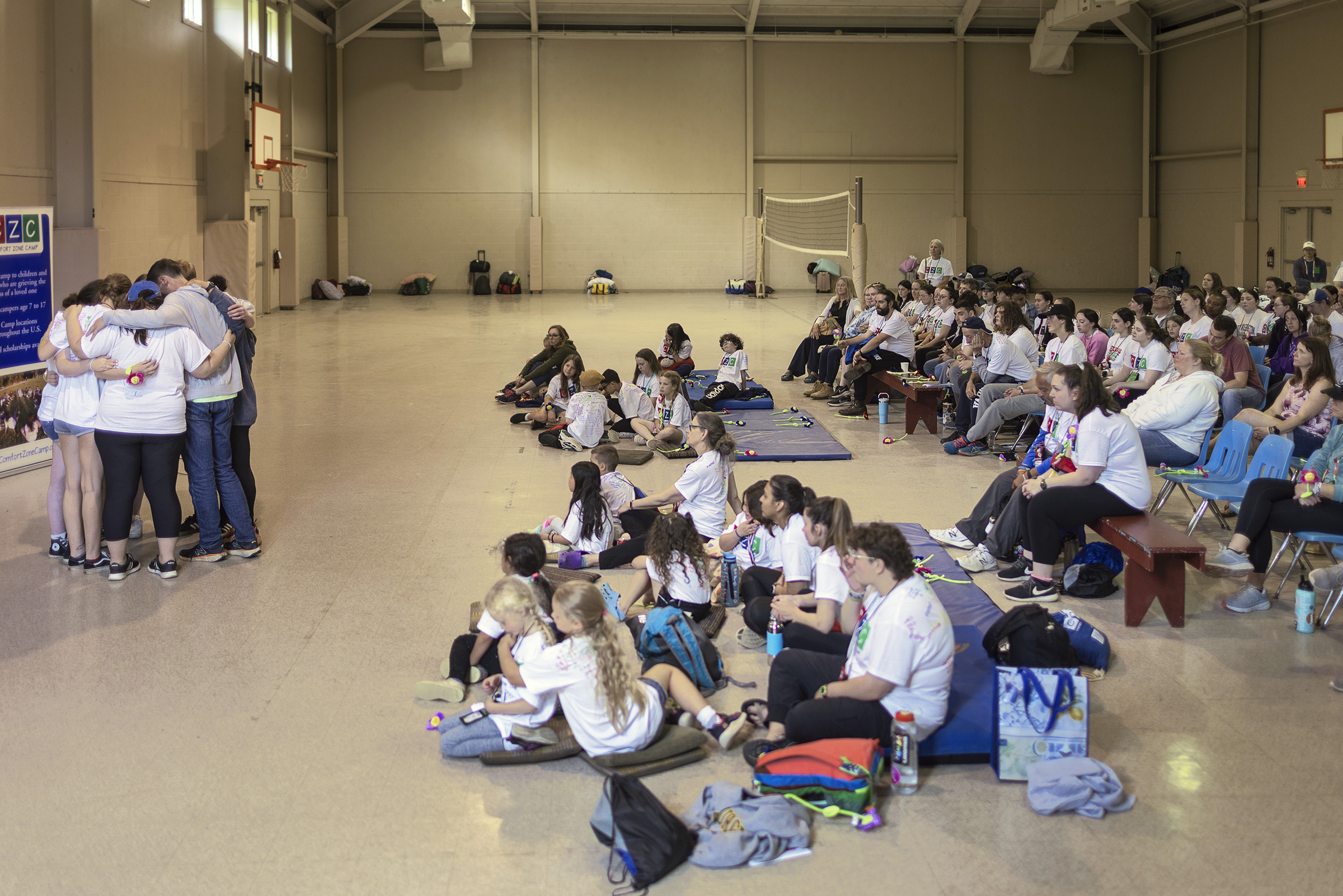
If you or someone you know may be experiencing a mental-health crisis or contemplating suicide, call or text 988. In emergencies, call 911, or seek care from a local hospital or mental health provider.
More Must-Reads From TIME
- The 100 Most Influential People of 2024
- Coco Gauff Is Playing for Herself Now
- Scenes From Pro-Palestinian Encampments Across U.S. Universities
- 6 Compliments That Land Every Time
- If You're Dating Right Now , You're Brave: Column
- The AI That Could Heal a Divided Internet
- Fallout Is a Brilliant Model for the Future of Video Game Adaptations
- Want Weekly Recs on What to Watch, Read, and More? Sign Up for Worth Your Time
Write to Jamie Ducharme at jamie.ducharme@time.com and Kara Milstein at kara.milstein@time.com
